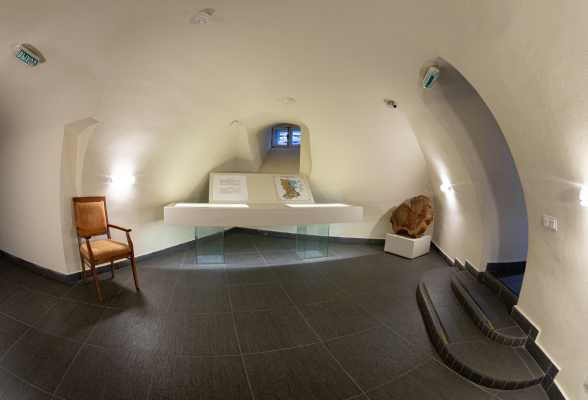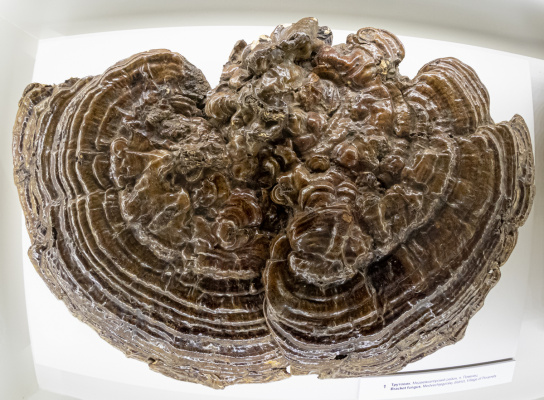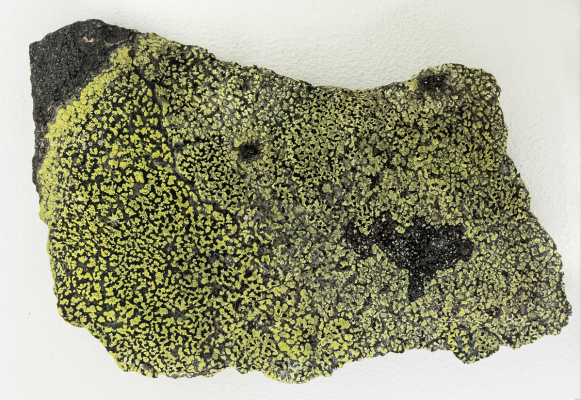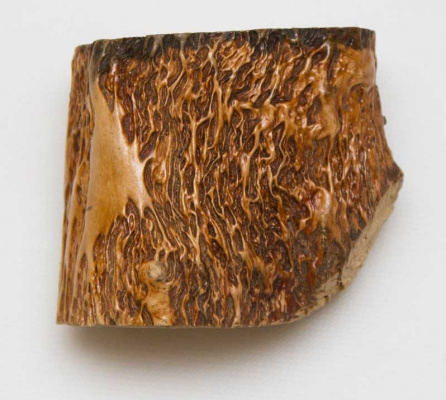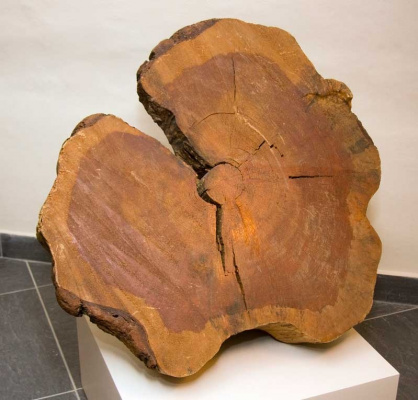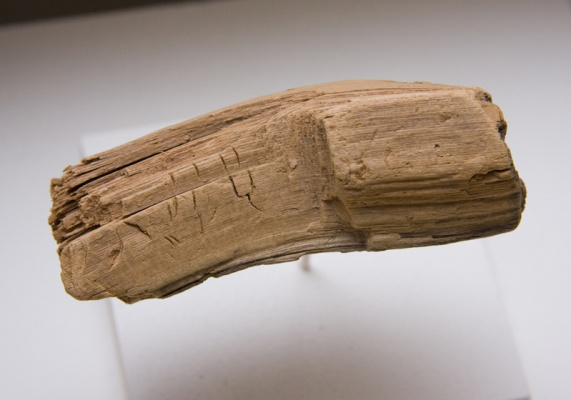 The hall describes the final stage of the landscape development: the soil-forming procedure and the gradual colonization of the territory by plants and animals.
The hall describes the final stage of the landscape development: the soil-forming procedure and the gradual colonization of the territory by plants and animals.
Soils, flora and fauna began to form as the territory was gradually liberated from the last Valdai glaciation 15-9.5 thousand years ago.
As a result of the cold and humid climate, tundra vegetation dominated on the glacial sediments (sands, sandy loam, clays, loams), maternal soil-forming rocks, which were then replaced by forest-tundra vegetation. In addition to plants, many Arctic species of animals and birds, including reindeer, entered the territory of Karelia from the north. Due to harsh conditions and scarcity of food, the animal world of the ancient tundra, with its swampy bogs and mosses, lichens, and stunted shrubs, was poor, especially in terms of species.
Furthermore, global warming and the release of more and more land areas from water led to a wide spread of woody vegetation in Karelia and intensive colonization of the territory by new animal species both from the northeast (the tiny brown-beard - taiga fauna) and from the south (fauna of European broad-leaved forests and steppe).
In the Atlantic era (8000 - 5000 years ago), characterized by a warm and humid climate, deciduous, mixed and pine forests reach their maximum development in Karelia and the fauna acquires a more and more modern, typically forest-like appearance. Among mammals, the brown bear appeared here, along with others.
At the beginning of the Sub-Atlantic era (2.5 thousand years ago), the vegetation cover and fauna already had an appearance close to the modern one.
Karelia is now located in the northern and middle taiga sub-zones of the forest zone, the border between them goes somewhat to the north of the latitude of Medvezhjegorsk.


